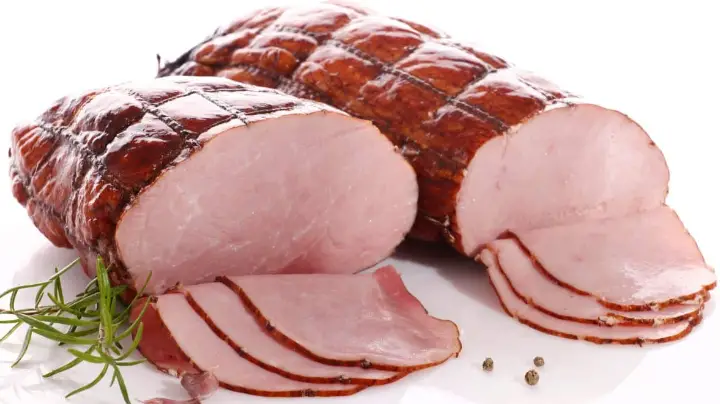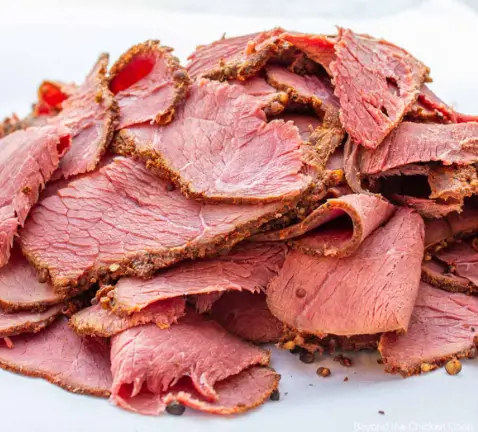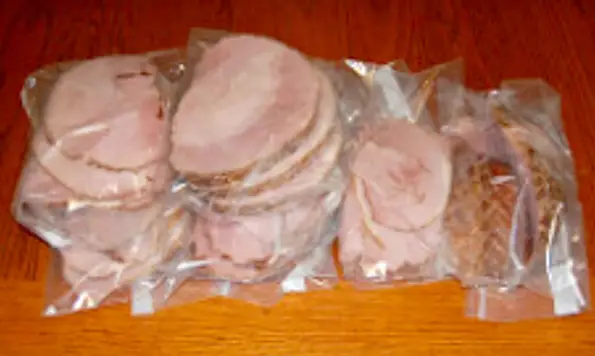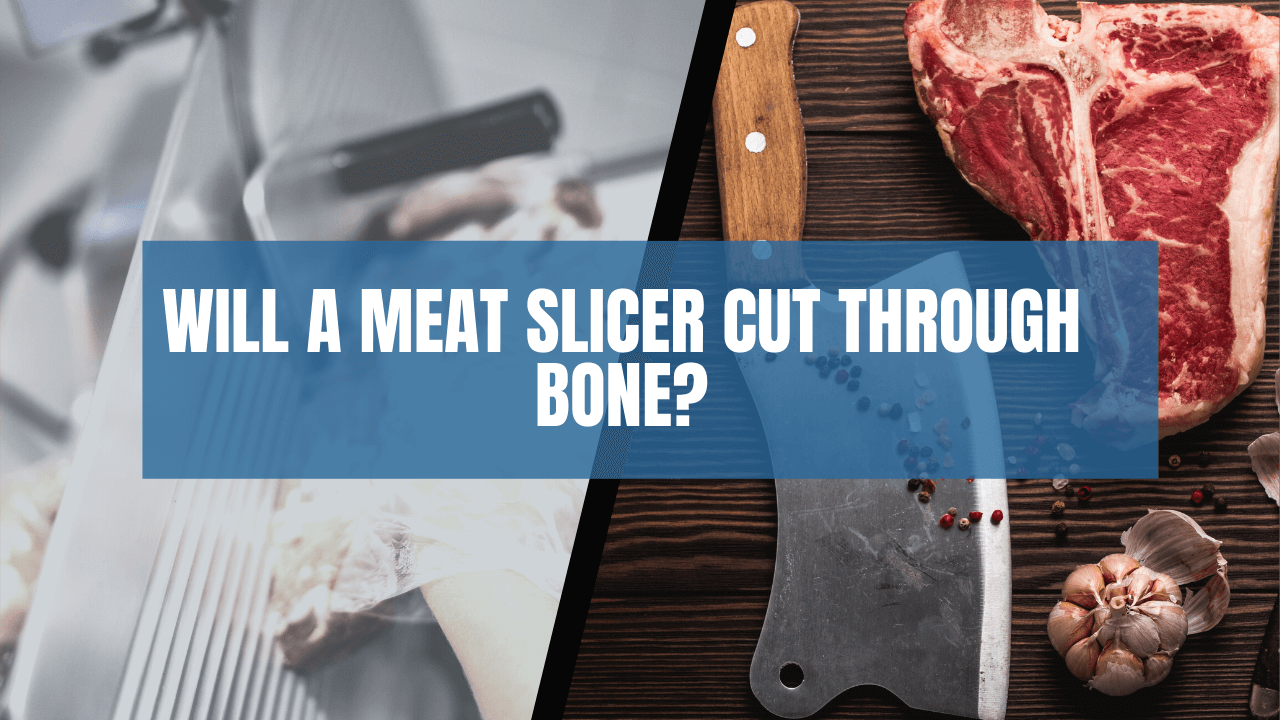Direct Answer: At a deli, you can get your meat sliced in various ways depending on your needs and preferences. Common options include very thin slices for sandwich meat, medium slices for general use, thick slices for salads, pizzas, or dicing into casseroles, and super thick slices for snacking or cubing.
When it comes to the deli counter, it’s not just about selecting the type of meat or cheese you want, it’s also about how you want it sliced. The thickness of the slice can drastically alter the texture and taste of your meal, and knowing what to ask for is a skill in itself. Whether you’re looking for thin slices for a delicate sandwich or thick cuts for a hearty salad, the deli counter offers a multitude of options to cater to your culinary needs.
Which Meat Can You Get From The Deli?
Deli meat” refers to meats that are commonly found in a delicatessen or “deli.” This term typically includes a variety of pre-cooked or cured meat products, which are typically served cold. At a deli, the way your meat is sliced can range from paper-thin shavings ideal for charcuterie boards and delicate sandwiches, to thin slices perfect for everyday sandwiches, medium slices for general use, thick slices for salads and pizzas, or super thick slices for dicing into casseroles and stews or for chunky snacks.
- Ham: This is often cured or smoked, and can come in various styles depending on the region of production.

Ham recipes - Turkey: This is typically roasted or smoked and then sliced thin.
- Roast beef: Typically slow-roasted, then sliced thin.
- Salami: This is a type of cured sausage made from fermented and air-dried meat.

Simply Delicious Salami - Pastrami: This is usually made from beef, which is brined, partially dried, seasoned with various herbs and spices, smoked, and steamed.

Hot Pastrami - Corned beef: This is a salt-cured beef product.
- Chicken: Similar to turkey, this is usually roasted or smoked.
How Do You Order Sliced Turkey At The Deli?[/su_heading]
When you order a sliced turkey or any other deli meat, there are several factors you might consider, such as the thickness of the slices, the quantity you need, and any specific type or brand you prefer. Here’s an example of how you might order sliced turkey at a deli:
- Decide on the type and quantity: You should decide what type of turkey you want (smoked, oven-roasted, honey roasted, etc.), and how much you need. Deli meats are typically sold by weight – either in pounds or kilograms, depending on your location.
- Ask for a sample: If you’re unsure about the type of turkey or the thickness of the slices, ask to sample a piece. This can help you decide whether you like it or not.
- Specify slice thickness: Once you’ve chosen the type of turkey, specify how thick or thin you want the slices to be.
Thickness Of Meat At The Deli

When it comes to ordering sliced turkey at a deli, the thickness of the slices can greatly impact the taste and texture of your dishes. Here are a few suggestions:
- Very Thin: If you like your sandwiches piled high with turkey, consider getting very thin slices. This will allow you to stack more layers without the sandwich becoming too bulky.
- Thin: This is ideal for party platters where you want a variety of meat slices that are easy to eat. Thin slices are between 1/16” and 1/8″ thick, perfect for layering on a panini or grilled cheese. The thinness allows the meat, cheese, and other toppings to meld together, resulting in a cohesive bite.
- Medium: For sandwiches that use just two slices of turkey, medium thickness is best. A medium slice is approximately 1/8” to 3/16” thick. This offers a substantial, meaty bite while still permitting other flavors to come through.
- Thick: Thick slices are excellent for salads or pizzas, where the meat needs to stand out more. Anything over 3/16” is considered a thick slice.
- Super Thick: If you plan on dicing the meat for casseroles or for snacking super thick slices are ideal.
- Shaved: For an ultra-thin option, consider shaved deli meat, which is less than 1/16”. Shaved slices are so thin that they’re almost transparent, and they melt in your mouth. This cut is excellent for charcuterie boards paired with cheese, fruits, and crackers.
How Deli Meat Is Cut, Weight, And Store?
When it comes to purchasing deli meats, there are three primary considerations to keep in mind: the cut, the weight, and how you store the meat afterward.
- Cut: The thickness of the cut directly impacts the number of slices you will get per given weight. For instance, a quarter pound of thickly sliced turkey will yield fewer slices than the same weight of turkey sliced thinly. It is essential to communicate to the deli counter person precisely how thick or thin you’d like your slices
- Weight: After deciding on the thickness of your slices, you need to determine the quantity you want, which is typically based on weight. Be aware that if you prefer thicker slices, you’ll receive fewer pieces for the same weight compared to thinly sliced meat.
- Storage: Proper storage of deli meat is crucial to maintaining its freshness and avoiding food waste. Once cut, deli meat does not have a long shelf life. You should store your deli meats in the refrigerator, preferably in airtight plastic bags to preserve their freshness. Typically, cut deli meats can be kept for up to three days in the refrigerator. If you’re unable to consume the meat within this time frame, you can freeze it, but for no more than two months to ensure the meat maintains its quality.
What Numbers Are Used At Deli For Meat Thickness?
Deciding the thickness of your deli meat largely depends on your personal preferences and how you intend to use the meat. Here’s a simple guide to help you make the right choice:
- Numbers 3-4 (Sandwiches): For sandwiches, you’ll likely want slices that fall within the 3-4 range. This thickness allows you to fully enjoy the flavor of the deli meat and provides a satisfying texture without overpowering the other ingredients in your sandwich.
- Numbers 5-7 (Salads, Diced Meat): If you’re planning to toss the meat in a salad or dice it up for a recipe, a slightly thicker slice in the 5-7 range would be more suitable. This thickness will hold up well when mixed with other ingredients and won’t get lost in the mix.
- Numbers 8-10 (Soups, Cubing): For soups or recipes where you need to cube the meat, opt for the thickest slices, which typically fall within the 8-10 range. This thickness ensures that the meat maintains its integrity and doesn’t fall apart when cooked in liquid or mixed with other ingredients.
FAQs
How long does deli meat last?
The shelf life of deli meat depends on several factors, such as the type of meat, packaging, and storage conditions. Generally, opened deli meat can be refrigerated for 3-5 days. It’s important to check the product label or use-by date and follow the storage guidelines provided.
Can you freeze deli meat?

Yes, you can freeze deli meat to extend its shelf life. Ensure the meat is properly sealed in an airtight container or freezer bag to prevent freezer burn. Frozen deli meat can typically be kept for 1-2 months without significant loss of quality.
How can I prevent deli meat from drying out?
To prevent deli meat from drying out, store it properly. Keep it tightly wrapped in plastic wrap or in airtight containers to maintain moisture. It’s also helpful to use the meat within a few days of purchase and avoid exposing it to air for extended periods.
Can I use leftover deli meat in recipes?
Leftover deli meat can be used in a variety of recipes. It can be added to sandwiches, salads, wraps, pizzas, quiches, soups, and stews to enhance flavor and provide protein. Be creative and experiment with different combinations to find your favorite uses for leftover deli meat.
Are there healthier options for deli meat?
Yes, there are healthier options for deli meat. Look for low-sodium or reduced-fat varieties, as well as options without added preservatives or artificial ingredients. You can also consider choosing leaner meats like turkey or chicken breast instead of higher-fat options like salami or bologna.
Conclusion
Deli meats can be sliced in a variety of ways to suit different culinary needs and preferences. From the extremely thin and delicate “shaved” slice, ideal for light sandwiches or pizza toppings, to the more substantial “medium” cut that holds its own in robust sandwiches and cold cuts platters, the way your deli meat is sliced can greatly influence the taste and texture of your meals. By understanding these options, you can tailor your order to perfectly match your recipe or meal idea, enhancing your culinary experience.
Key Notes:
- Delis can slice your meat in a variety of ways depending on your needs and preferences.
- Communicate your preferences effectively to the deli attendant.
- Request a sample slice to ensure the thickness meets your expectation.
- Shaved slices are great for charcuterie boards, thin slices for sandwiches, medium slices for general uses, and thick slices for salads, pizzas, or dicing.
- Store your deli meats properly to maintain their freshness.
- The thickness of your deli meat greatly influences the outcome of your dishes.

John Hebdon is a food enthusiast, passionate chef, and author of various articles and blog posts related to food and cooking. With a deep love for all things culinary, John’s blog serves as a platform to share his extensive kitchen experiences with a broader audience.
In addition to his culinary expertise, John has a flair for writing and a natural ability to share his passion for food with others. His articles and blog posts are informative, engaging, and packed with practical tips for readers of all skill levels.
As a food enthusiast and writer, John is always on the lookout for new and exciting culinary experiences. Whether it’s trying out a new restaurant, experimenting with a new recipe, or simply sharing a favorite dish with friends and family, John is always eager to explore and share the world of food with others.






